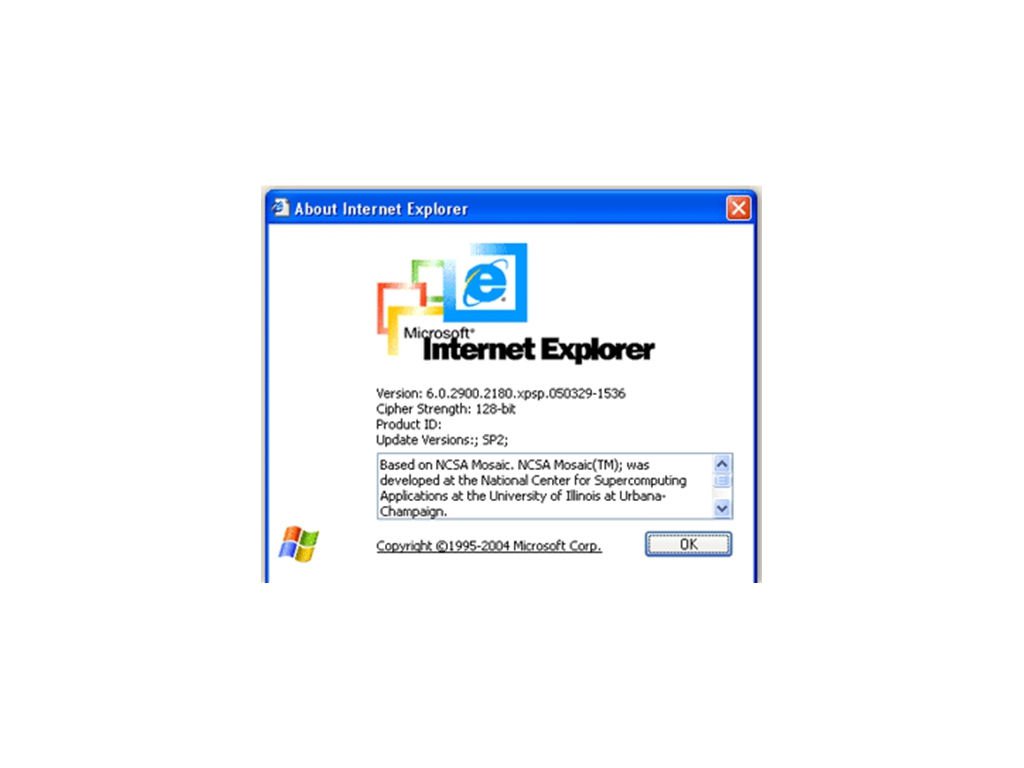


Here's why.Īs the Microsoft Support Lifecycle blog helpfully explained in a 2009 post, Internet Explorer is a “component.” That distinction is important in terms of support dates: Will the release of a new version of Internet Explorer change those plans? Nope.
#INTERNET EXPLORER FOR VISTA 32 BIT DOWNLOAD FREE WINDOWS 7#
Shortly after Windows 7 shipped, I wrote How long will Microsoft support XP, Vista, and Windows 7? and assembled those dates into a table, which is still accurate. Service packs and browsers complicate the issue even more. Even experienced Microsoft watchers sometimes get tripped up by the many conditions that apply. Why does the platform preview of Internet Explorer 10 throw up an error message if you try to run it on Windows Vista? Maybe it's because, if the newly announced browser follows the same development schedule as IE9, its scheduled ship date will be a year from now-after Windows Vista is retired.ĭecoding Microsoft's cryptic product support lifecycle isn't easy. But knowing that end-of-life date helps answer one mystery that puzzled some Microsoft watchers this week. I don't expect there to be any great outcry when Vista fades away. (For business editions, there's an extended support period that lasts another five years, guaranteeing security updates until 2017.) Under Microsoft's official product lifecycle, the mainstream support phase for Windows Vista will end in less than one year, on April 10, 2012-five years, two months, and 16 days after it became generally available on January 25, 2007. It might seem impossible to believe, but Windows Vista is drawing to the end of its short, unhappy life.


 0 kommentar(er)
0 kommentar(er)
